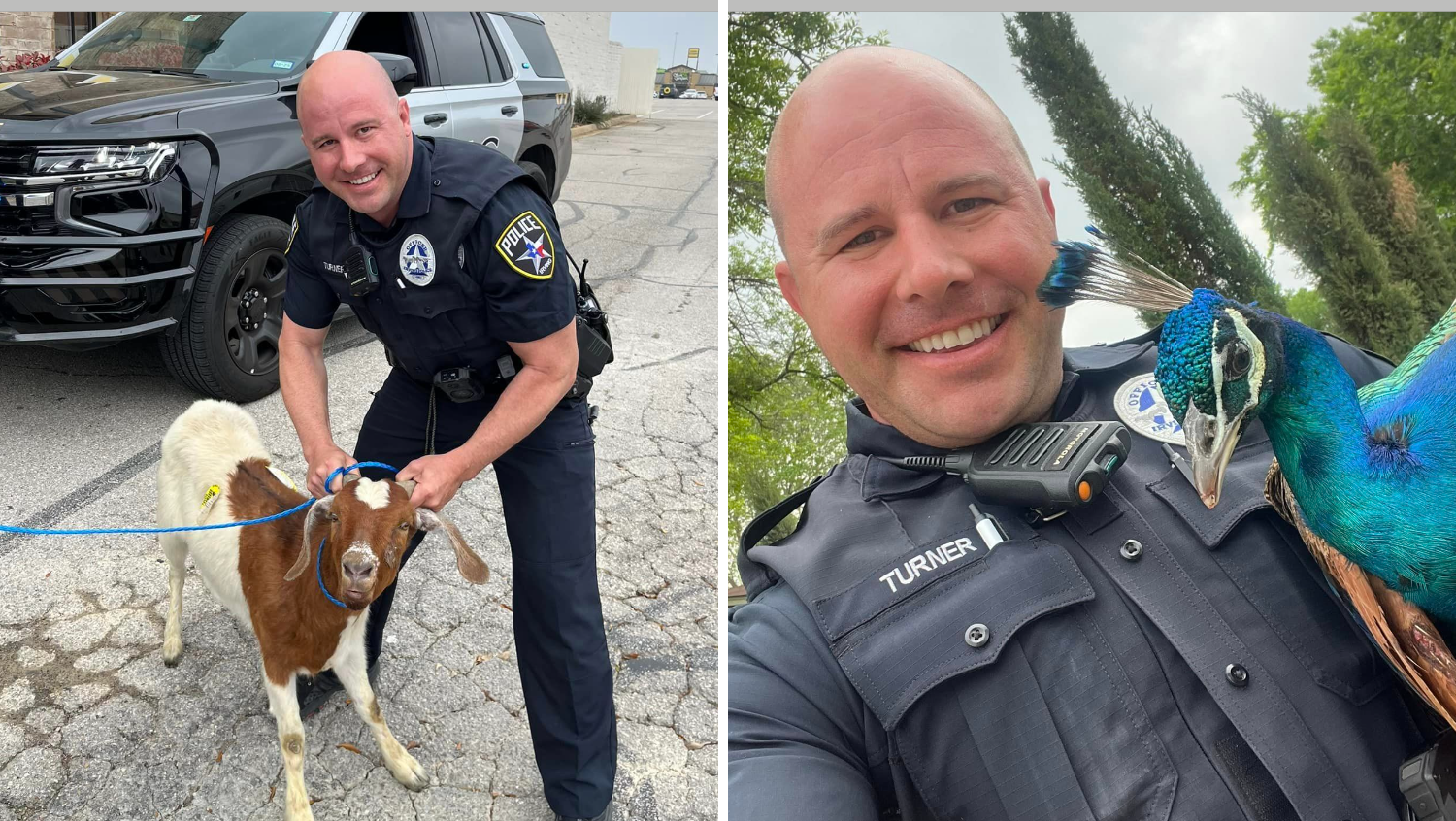For the first time, the National Park Service has captured and GPS radio-collared a black bear in the Santa Monica Mountains.
The 210-pound male bear, dubbed BB-12, was captured April 23 in a natural area on the western side of the mountains south of the 101 Freeway, the National Park Service said in a press release. There have been bear sightings over the years, but this is the first time biologists were able to capture and radio collar a specimen in the Santa Monica Mountains.
“He appears to be the only bear here in the Santa Monica Mountains, and he’s likely been here for almost two years based on our remote camera data,” Jeff Sikich, the lead field biologist of the park’s two-decade mountain lion study, told the NPS. “This seems to be our first resident bear in the 20 years we have conducted mountain lion research in the area. It will be interesting to see how he shares the landscape with our other resident large carnivores.”
The park service noted that black bear sightings have been rare in the Santa Monica Mountains.
We're making it easier for you to find stories that matter with our new newsletter — The 4Front. Sign up here and get news that is important for you to your inbox.
The nearest population of black bears is in the Santa Susana Mountains, north of the 118 Freeway, according to the park service. They’ve been occasionally spotted in the Simi Hills south of the 118 and in the Santa Monica Mountains south of the 101 Freeway, but there is no evidence of a breeding population in the area.
Biologists believe BB-12 may be the same bear that was first spotted along Reino Road in Newbury Park in 2021. Since then, wildlife trail cameras have captured that bear in half of the Santa Monica Mountains, from Malibu Creek State Park to the mountains’ western border in Point Mugu State Park, the NPS said.
As BB-12 gets older and looks to mate, biologists believe he might try to move back north and cross the 101 Freeway again.
Animal Stories
“There is no evidence of an existing population here in the Santa Monica Mountains, and therefore likely no females. With the radio-collar, we can track its movements and hopefully know where it may attempt to cross the freeway. This can help us better understand habitat connectivity for wildlife in the area,” Sikich said.
The species is not native to the state, and today’s population consists of descendants of about 30 bears that were released into the San Gabriel and San Bernardino mountains in the 1930s, according to the NPS. Those bears were brough to California thanks to J. Dale Gentry – chairman of the California Fish and Game Commission from 1931 to 1934 – who believed reintroducing bears to the local mountains would benefit the ecosystem and boost tourism, according to the San Bernardino Sun.
Today, black bears benefit the ecosystem and play an important role in California’s biodiversity, according to the state department of fish and wildlife.
Black bears are rarely aggressive when encountered by humans, the National Park Service noted. Anyone who encounters one is advised to keep a safe distance, avoid eye contact, slowly back away, make themselves look bigger by lifting and waving their arms, and making loud noises.
In the uncommon case that a black bear attacks, people are encouraged to fight back.
The NPS said it expects BB-12 will help provide insights into how wildlife uses the “urban, fragmented landscape” of the Santa Monica Mountains.



